What is a
Ground Source Heat Pump?
While offering comparable benefits to an Air Source Heat Pump, the installation process of a Ground Source Heat Pump (GSHP) exhibits some differences. In this system, pipes are laid beneath the surface, enabling the GSHP to extract heat from the ground rather than the air.
Following a similar method to the ASHP, the heat extracted from the ground is transferred into a ground loop containing refrigerant fluid. Subsequently, compression occurs, facilitating the circulation of hot air to warm up your radiators and underfloor heating.
The quantity of heat obtained from the ground is contingent on the size of your property and the available space, with a larger loop resulting in greater heat generation.
Our Recent Projects
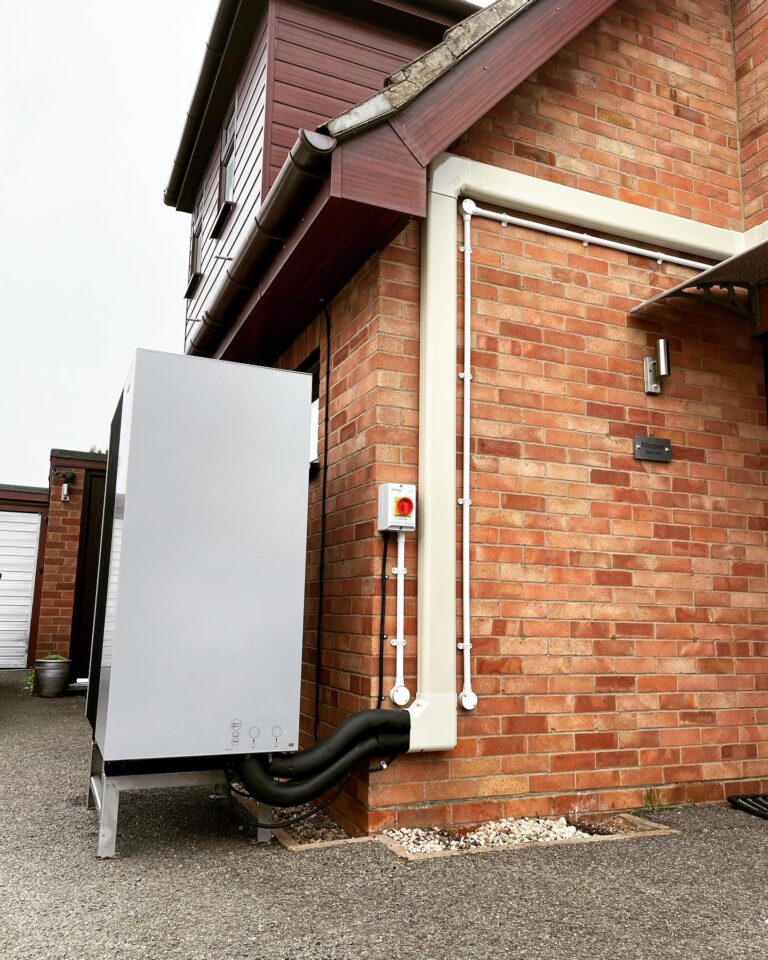
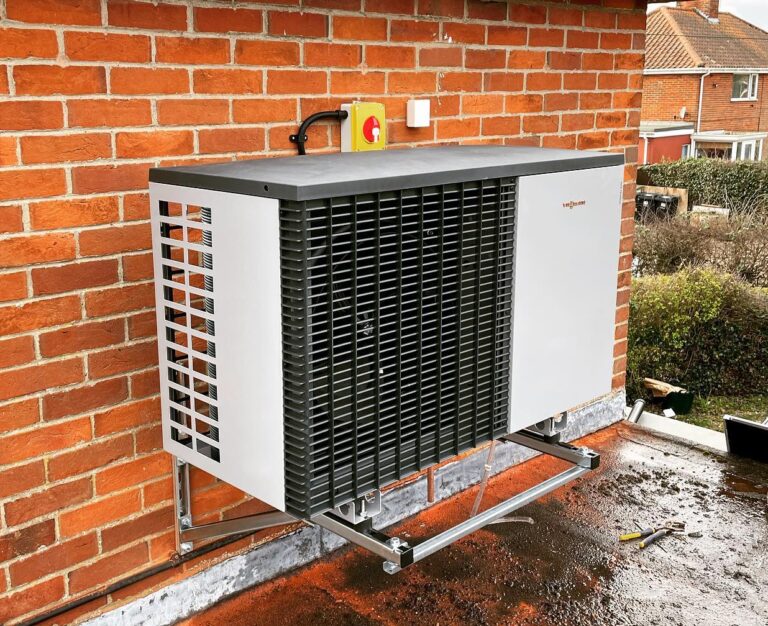
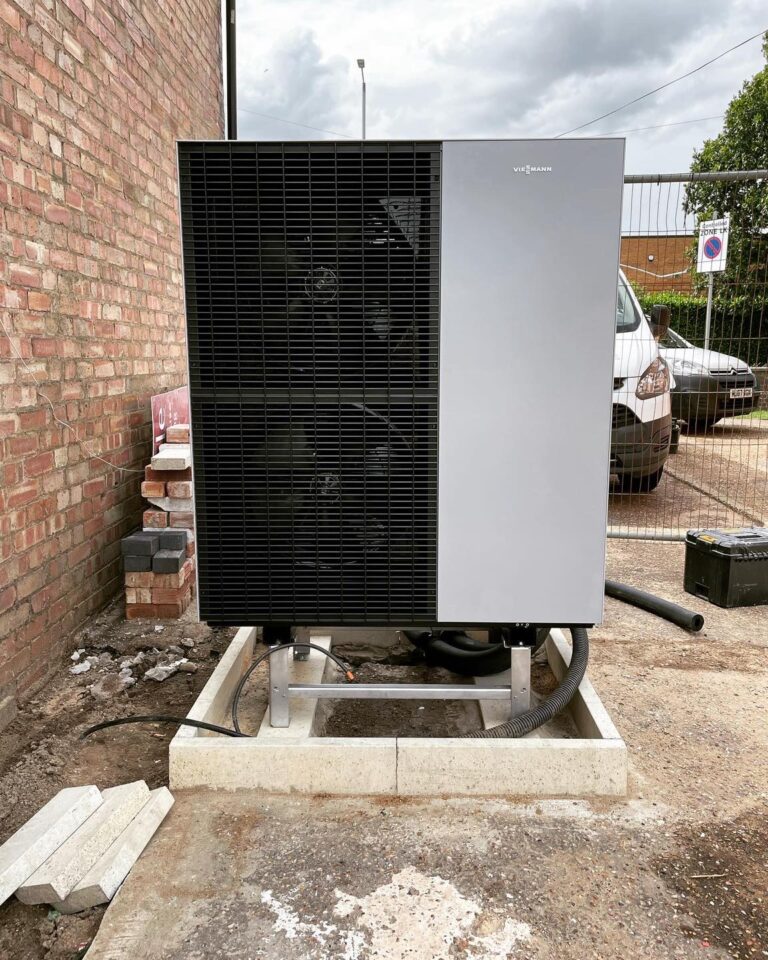
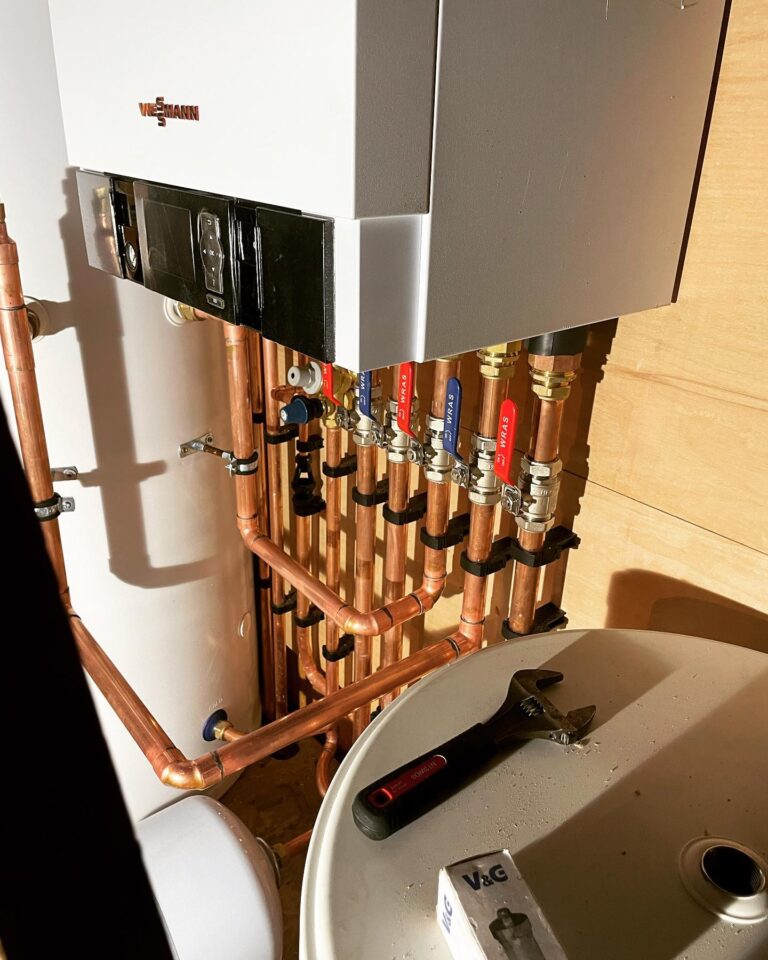
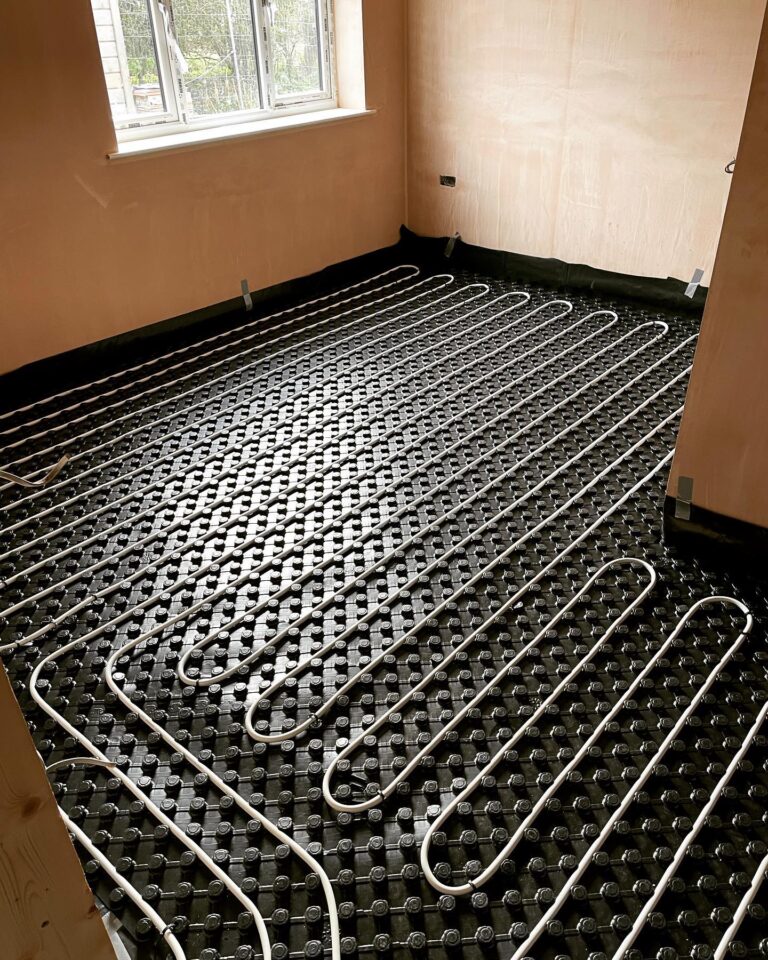
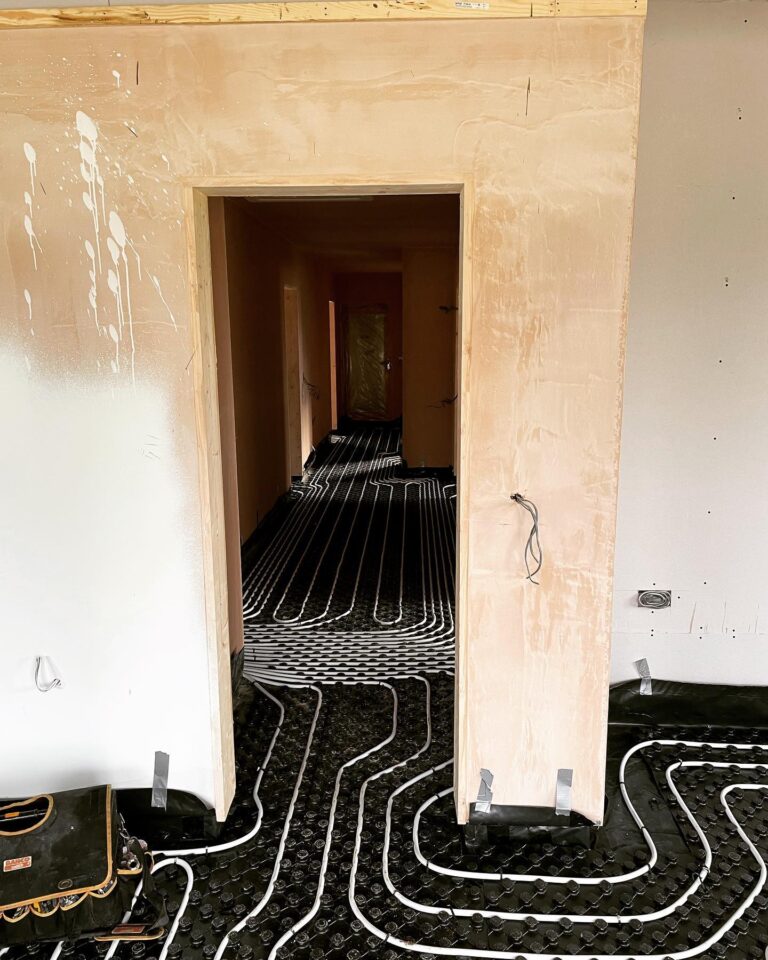
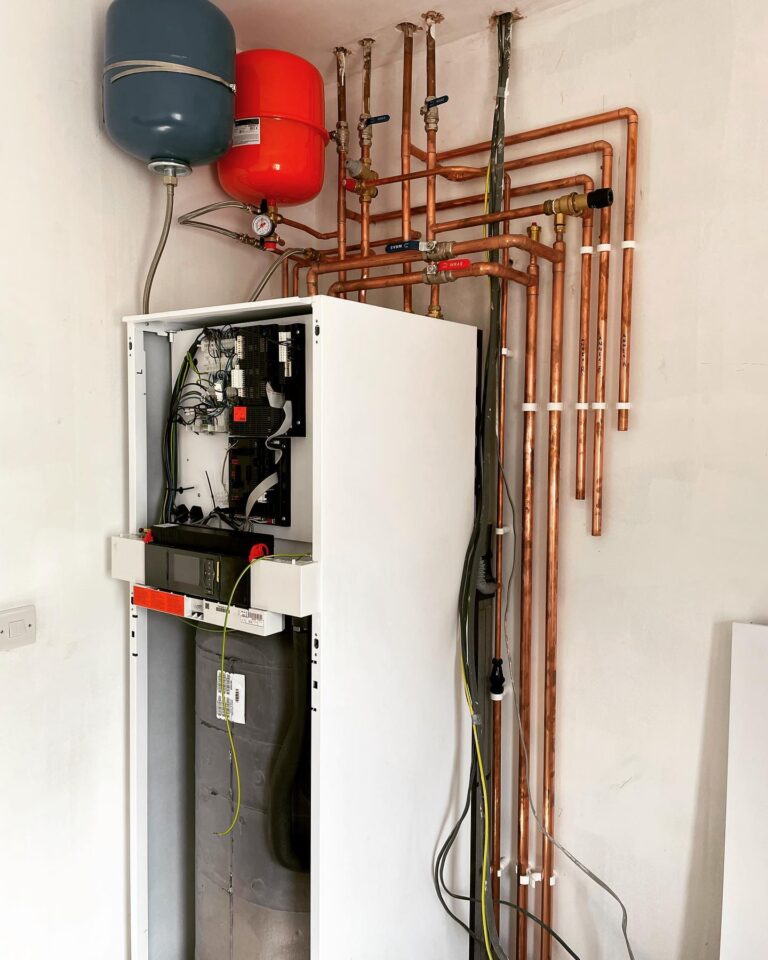
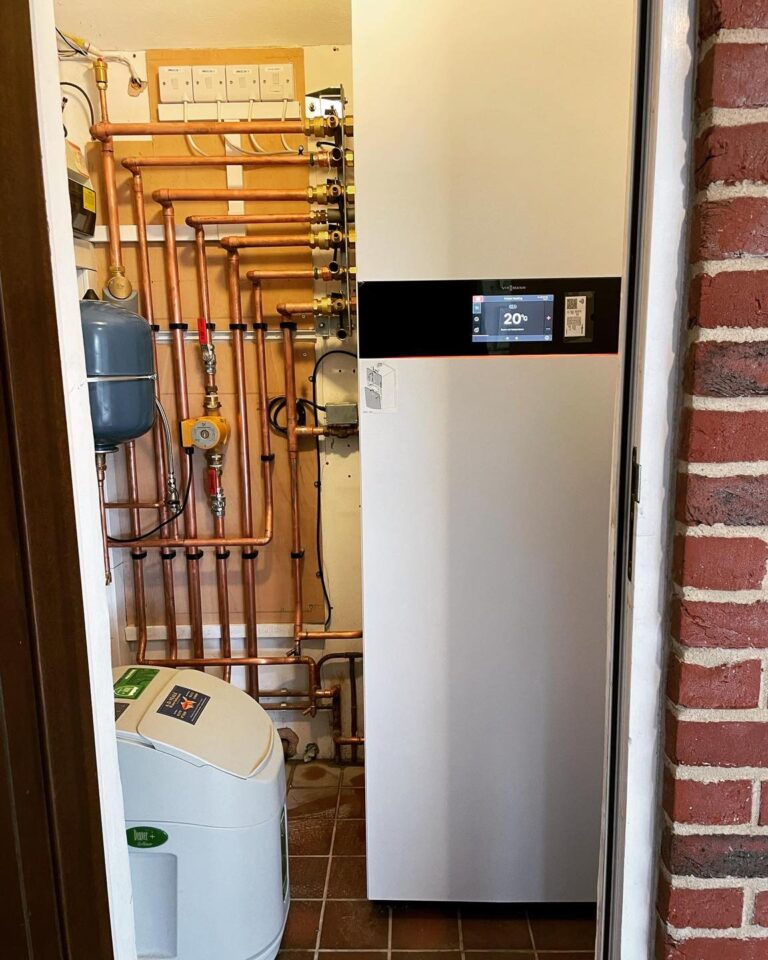
Experience Quality Heating Services in Norwich & Norfolk
Call today for a free, no obligation quote and find out how we can help.





AM I ELIGIBLE SECTION
How do Ground Source Heat Pumps work?
Have you ever wondered how to heat your home using the natural warmth beneath your feet?
Ground Source Heat Pumps (GSHP) work by capturing heat from the earth and transforming it into energy to warm your home and provide hot water. Buried pipes absorb heat from the ground, which is then compressed and circulated to your radiators or underfloor heating, keeping you cozy even in winter.
The amount of heat generated depends on your property size and available space. Our expert team can help you assess whether a Ground Source Heat Pump is the right fit for your home, guiding you through installation and potential energy savings.
Our friendly team can guide you on operational costs based on your home’s age, type, and the unit size needed.
4 Steps
Our simple process ensures everything runs seamlessly and efficient, delivering 100% satisfaction every time.
-
INITAL CONSULTATION
First, we will do an initial consultation to discuss the various options available to you. -
QUOTE & APPROVAL
We'll then send you an estimate with a breakdown of the work involved. If you decide you want to go ahead with the work, a return visit will be required to carry out a full heat loss survey of the property. -
WORK COMMENCES
A final fixed quotation is then sent over outlining all relevant information of works. Work commences on the agreed date. -
JOB COMPLETION
On completion, the installation is commissioned and signed off, full operation is explained and MCS certificate is completed. All systems are chemically flushed on completion, and we also offer a full power flushing service if the system contains a lot of sludge and debris.
Frequently Asked Questions
About Ground Source Heat Pumps
Is Your Home Suitable For A Ground Source Or Air Source Heat Pump?
Not every home is suitable to for ground source heat pumps and air source heat pumps, and we will always give you honest advice before going ahead with a quotation as it may not be possible for the some of the following reasons – dated windows, lack of loft insulation, incoming power supply and no place to site the outdoor unit or internal setup. However the good news is most of these issues are rectifiable and we can offer advise on how to go about making your home more efficient and heat pump ready.
What are the pros of using a Ground Source Heat Pump?
Even though Ground Source Heat Pumps (GSHPs) still necessitate electricity usage, their consistent reliance on renewable energy renders them an excellent eco-friendly option, potentially reducing your overall energy expenditure.
Beyond heating your home, a GSHP can also effectively heat your water. With a prolonged lifespan and minimal maintenance demands, it stands as a durable choice.
Its efficiency surpasses that of the ASHP, thanks to the stable temperature nature of the ground, making it a more reliable option.
What are the cons of using a Ground Source Heat Pump?
Installing a Ground Source Heat Pump (GSHP) poses a somewhat more intricate process and demands a larger space compared to an Air Source Heat Pump (ASHP). Consequently, smaller properties may find ASHPs more fitting, given their space efficiency and minimal to no external space requirements.
The associated cost of a GSHP tends to be higher than that of an ASHP, primarily due to expenses related to groundworks and ground collector pipework.
How long will it take for my Ground Source Heat Pump to be installed?
The installation duration for a Ground Source Heat Pump (GSHP) is generally lengthier than that of an Air Source Heat Pump (ASHP) owing to the intricacies involved in embedding it into the ground. The process of installing a GSHP entails significant digging, and the timeframe is contingent upon the extent of the required work, varying with the size of each property. In contrast, interior installations are more straightforward and entail less time.
What are the types of properties an GSHP is and isn't suitable for?
A GSHP is more fitting for a medium to large property, given the substantial amount of underground and external pipework required. Once the size of your property has been established, we can subsequently assess the necessary work, installation timeframe, and associated costs.
What are the estimated costs associated with the installation of ground source heat pumps?
The estimated costs associated with the installation of ground source heat pumps (GSHPs) in the UK can vary based on several factors, including the size of the system, the geological characteristics of the site, and specific project requirements. Here’s a general overview:
Installation Cost: The installation cost for a GSHP typically start at £10,000. This cost includes the heat pump unit, ground loop installation, labor, and any additional materials needed.
Groundworks: The cost of groundworks, including excavation and the installation of the ground loop, can significantly impact the overall cost. This cost is influenced by the geological conditions of the site and can vary widely.
System Size: The size of the GSHP is determined by the heating needs of the property. Larger properties may require a more powerful system, leading to higher costs.
Additional Costs: Depending on the property’s requirements, there may be additional costs for improvements such as insulation upgrades or adjustments to the heating distribution system.
It’s essential to obtain detailed quotes from reputable installers, considering factors such as ground conditions and system size. Additionally, the availability of government incentives and grants may impact the overall cost. Prices and incentives may have changed since my last update, so it’s advisable to check with local installers and relevant authorities for the most current information.
